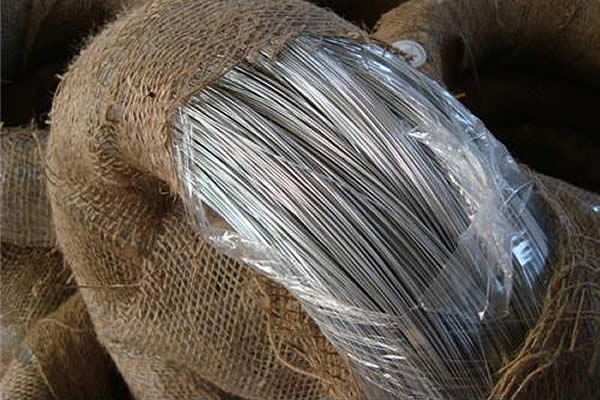 TEL:
+86-13102802206
TEL:
+86-13102802206
 Email:
fencenetting@china.com
Email:
fencenetting@china.com
 Language
Language
 TEL:
+86-13102802206
TEL:
+86-13102802206
 Email:
fencenetting@china.com
Email:
fencenetting@china.com
 Language
Language


The Importance of Construction Fence Screening Enhancing Safety, Privacy, and Aesthetics
Construction sites are busy environments bustling with activity, machinery, and workers. While essential for progress in urban development and infrastructure, these sites can also pose various challenges, including safety hazards, noise pollution, and visual disturbances. One effective solution to mitigate these issues is the use of construction fence screening. This article explores the importance of construction fence screening, highlighting its benefits in terms of safety, privacy, and aesthetics.
Enhancing Safety on Construction Sites
One of the primary functions of fence screening on construction sites is to enhance safety. Construction sites often contain a myriad of materials, tools, and equipment, which can pose risks to unauthorized individuals. By installing fence screening, construction companies can create a physical barrier that deters access to the site, reducing the likelihood of accidents or injuries to pedestrians and bystanders.
Moreover, fence screening contributes to the overall organization of the worksite. It helps delineate hazardous areas, ensuring that passersby are aware of the construction activities taking place. Additionally, well-constructed screening can prevent objects from being accidentally dislodged from elevated work areas, minimizing the risk of falling debris and ensuring the safety of both workers and the public.
Providing Privacy and Reducing Noise
Another significant advantage of construction fence screening is the level of privacy it provides. Construction projects can generate a considerable amount of noise and disruption, which can be bothersome for nearby residents and businesses. By using screening materials, companies can help buffer these sounds, reducing the overall noise level and creating a more tolerable environment for the surrounding community.
Moreover, fence screening can shield construction activities from public view. This aspect is particularly valuable in urban areas where construction is often in close proximity to homes, businesses, and public spaces. By providing a visual barrier, screening helps to maintain the privacy of adjacent properties while allowing construction firms to complete their projects without unnecessary distractions or scrutiny from onlookers.

Aesthetic Enhancements
Beyond safety and privacy, construction fence screening can also play a significant role in improving the aesthetics of a construction site. Traditional chain-link fences can create an unappealing sight, often becoming an eyesore in bustling urban locales. In contrast, various screening materials—such as mesh banners, fabric screens, or green wall systems—can enhance the visual appeal of a construction site and even contribute to the overall branding of a project.
For instance, using printed screens that feature images or designs relevant to the construction project can transform a bare, utilitarian fence into an engaging piece of public art. This approach not only masks the chaotic nature of construction but also promotes a sense of community involvement and pride. Furthermore, it can encourage positive perceptions about the ongoing work, helping to garner support from residents and stakeholders.
Environmental Considerations
In the context of growing environmental awareness, construction fence screening also presents an opportunity for promoting sustainability. Many screening materials are made from recyclable or eco-friendly substances, which can align with the construction industry's push towards greener practices. Moreover, incorporating greenery or living walls in fence screening can improve air quality and support local biodiversity, offering an attractive and eco-conscious solution for construction companies.
Conclusion
In summary, construction fence screening serves multiple essential purposes that extend beyond mere functionality. By enhancing safety, providing privacy, improving aesthetics, and considering environmental impacts, construction fence screening is a wise investment for any construction project. As the construction industry continues to evolve, prioritizing these elements not only benefits the workers and the companies involved but also fosters a sense of community and respect for the surrounding environment. As cities and towns continue to develop, incorporating effective screening solutions will play a key role in responsibly managing the impact of construction activities on neighborhoods and public spaces.